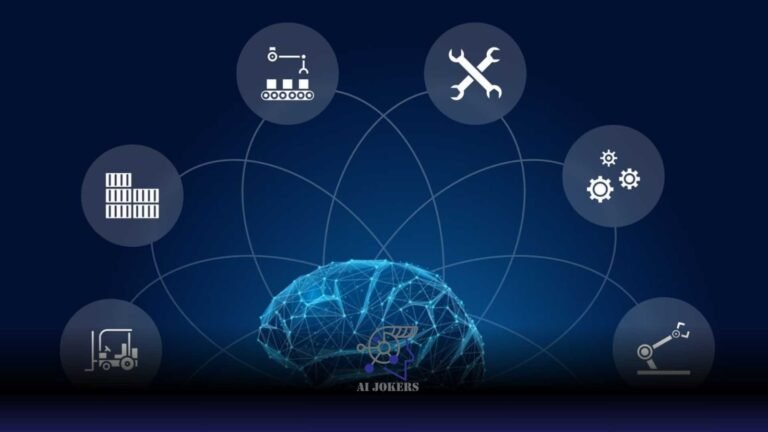Unveiling the Fun Side of Artificial Intelligence
Artificial Intelligence (AI) is often associated with complex algorithms, data analytics, and groundbreaking innovations that transform industries. However, there’s a lighter, more entertaining side to AI that is increasingly capturing the public’s imagination. The intersection of AI and humor offers a refreshing perspective, demonstrating that advanced technology can also be a source of amusement and creativity.
One of the most fascinating aspects of AI humor is its ability to generate jokes, memes, and other forms of comedic content. AI-powered platforms like GPT-3 and DALL-E have shown remarkable prowess in creating witty and humorous material. For instance, AI-generated puns and jokes often circulate on social media, bringing a smile to users’ faces. These AI-generated quips range from clever wordplay to situational humor, showcasing the technology’s versatility and creative potential.
Memes, a staple of internet culture, have also been influenced by AI. Algorithms capable of analyzing popular meme formats and generating new content have emerged, reflecting current trends and societal quirks. The success of these AI-generated memes lies in their ability to tap into shared cultural experiences, making them relatable and engaging for a wide audience. This not only highlights AI’s capacity for humor but also its potential to bridge cultural gaps and foster a sense of community.
Beyond entertainment, incorporating humor into AI applications has broader implications. Humor can make technology more approachable and relatable, breaking down barriers that typically separate the general public from advanced technological concepts. By humanizing AI through humor, developers can demystify the technology, encouraging greater acceptance and understanding. This approach can also enhance user experience, making interactions with AI systems more enjoyable and less intimidating.
In essence, the fun side of AI serves as a reminder that technology is not just about efficiency and innovation but also about creativity and enjoyment. By exploring the humorous applications of AI, we can appreciate the multifaceted nature of this technology, recognizing its potential to entertain, engage, and connect us in new and exciting ways.
Critical Perspectives on AI: Thought-Provoking Insights
As artificial intelligence continues to permeate various facets of our lives, it is essential to engage with the critical perspectives that shape our understanding of its broader implications. One of the foremost concerns is the potential for bias in AI algorithms. Despite the promise of objectivity, AI systems are created by humans and trained on data that may reflect existing prejudices. This can lead to discriminatory outcomes in areas such as criminal justice, hiring processes, and loan approvals. For instance, a widely discussed case involved a facial recognition system that exhibited higher error rates for individuals with darker skin tones, highlighting the urgent need for more inclusive data sets and rigorous auditing of AI systems.
Another significant area of concern is the impact of AI on employment. While AI has the potential to enhance productivity and create new job opportunities, it also poses a threat to traditional employment sectors. Automation and AI-driven technologies can displace workers in fields such as manufacturing, transportation, and customer service. The challenge lies in balancing the benefits of technological advancement with the need to support displaced workers through retraining and education programs. Countries and organizations are increasingly adopting policies to mitigate these effects, but the issue remains a pressing topic of debate.
Furthermore, the moral considerations of autonomous systems are a critical area of discourse. The development of self-driving cars, autonomous drones, and AI in military applications raises questions about accountability and ethical decision-making. For example, in the event of an accident involving a self-driving car, determining liability can be complex. These scenarios necessitate the establishment of clear guidelines and ethical frameworks to navigate the responsibilities of AI developers and users.
Expert opinions and case studies provide valuable insights into these challenges. By examining real-world examples and engaging with philosophical discussions, we can foster a more nuanced conversation about the future of AI. Encouraging critical thinking about these issues ensures that we are better prepared to harness the benefits of AI while addressing its potential risks and ethical dilemmas.

